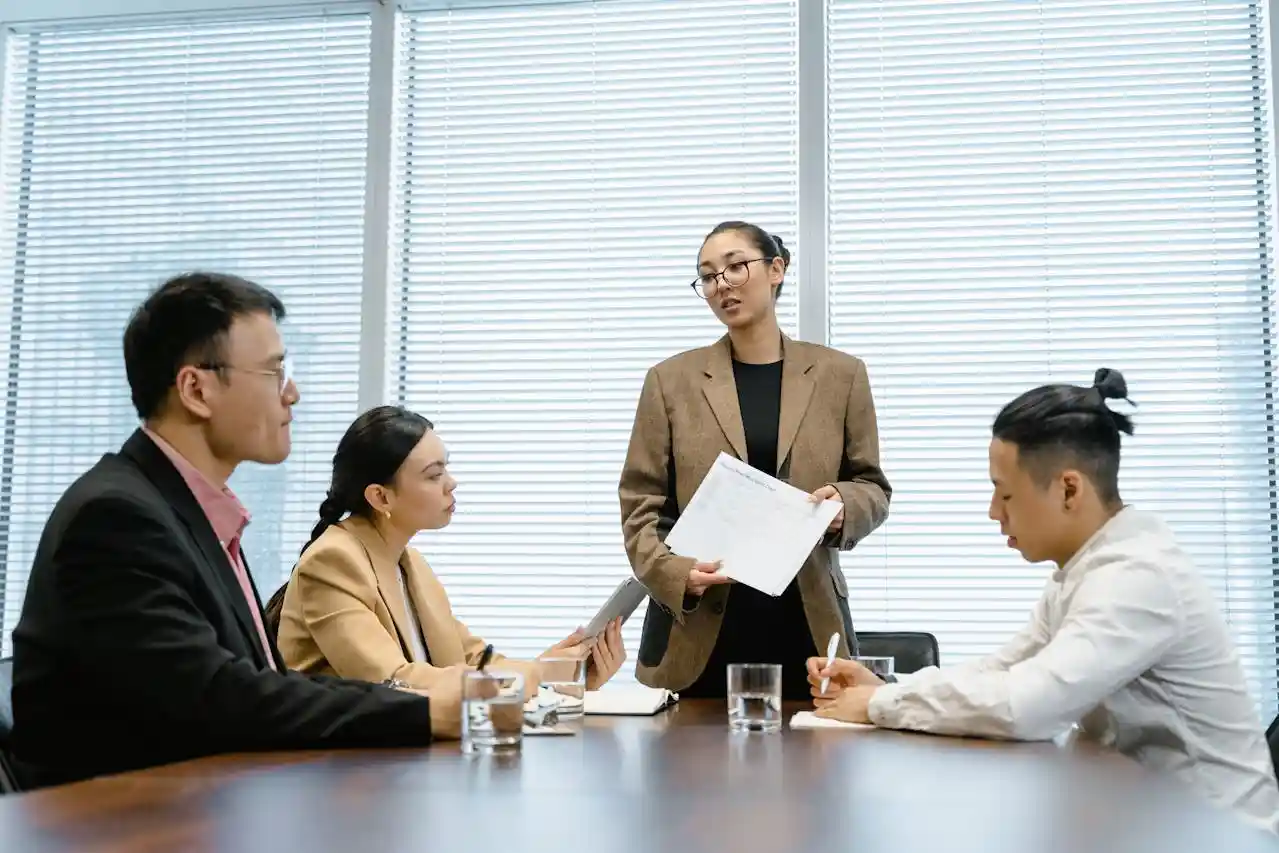Ever found yourself in a group where one person does all the talking, or a meeting that goes off the rails? We’ve all been there. Imagine a toolset that can transform these situations, making interactions smoother and more effective. That’s what facilitation techniques can do for you.
What Are Facilitation Techniques?
Facilitation techniques are like the Swiss Army knife for social interactions. They help guide conversations, keep everyone engaged, and make sure the outcome is productive. Think of them as your secret weapon in both personal and professional settings.
Key Facilitation Techniques to Improve Social Skills
First off, active listening is a game-changer. It’s not just about hearing words; it’s about understanding the emotion and intent behind them. Imagine your friend is venting about their tough day. Instead of nodding absently, you’re fully present, making them feel truly heard.
Then there’s encouraging participation. Ever been in a meeting where someone barely speaks up? A simple, “What do you think about this?” can bring them into the conversation. It’s like inviting them onto the dance floor.
Summarizing and clarifying are equally crucial. When someone rambles, gently summarizing their point ensures everyone stays on track. It’s like being the GPS for the conversation, ensuring no one gets lost.
Practical Applications of Facilitation Techniques
These techniques aren’t just for big group settings. They work wonders in one-on-one chats too. Imagine using active listening when talking to your partner about their day. It can make a world of difference.
For more on improving these skills at home, check out Fast ways to improve social skills at home. You’ll find quick, practical tips to practice these techniques daily.
18 Facilitation Tools and Techniques
1. Active Listening
Engage fully with the speaker, showing you understand and care about what they are saying.
2. Open-Ended Questions
Encourage deeper conversation and detailed responses by asking questions that cannot be answered with a simple “yes” or “no.”
3. Paraphrasing
Restate what someone has said in your own words to show you understand and to clarify their points.
4. Summarizing
Consolidate the main points of a discussion to ensure everyone is on the same page and to reinforce understanding.
5. Encouraging Participation
Invite quieter members of the group to share their thoughts, ensuring diverse perspectives are heard.
6. Time Management
Keep track of time to ensure discussions stay on track and everyone gets a chance to contribute.
7. Setting Ground Rules
Establish guidelines at the beginning of a discussion to create a respectful and productive environment.
8. Reflective Listening
Mirror the speaker’s emotions and thoughts to validate their feelings and encourage further sharing.
9. Nonverbal Cues
Use body language, eye contact, and gestures to show engagement and facilitate communication.
10. Brainstorming
Generate a wide range of ideas from all participants without judgment to encourage creativity and innovation.
11. Mind Mapping
Visualize ideas and connections on a diagram to organize thoughts and stimulate group thinking.
12. Small Group Discussions
Break larger groups into smaller ones to facilitate more intimate and detailed conversations.
13. Consensus Building
Work towards agreements that everyone can support, ensuring all voices are considered.
14. Conflict Resolution
Address and mediate conflicts by listening to all sides and finding common ground.
15. Icebreakers
Use activities or questions at the start of a meeting to help people feel more comfortable and engaged.
16. Round-Robin
Ensure everyone gets a turn to speak by going around the group in a systematic way.
17. Silent Reflection
Give participants time to think quietly before sharing their thoughts, encouraging deeper reflection and consideration.
18. Feedback Loops
Regularly ask for and provide feedback to improve the facilitation process and address any issues.
Implementing these tools and techniques can significantly enhance your ability to facilitate effective and engaging discussions, whether in a professional setting or in personal interactions.

Overcoming Common Challenges
Every facilitator faces hiccups. Like the person who always dominates the conversation. Politely redirecting the discussion can give others a chance to speak. Think of it as sharing the spotlight, ensuring everyone gets their moment.
Conflict is another challenge. When tensions rise, summarizing each side’s point of view can help clarify misunderstandings. It’s about turning the heat down so the conversation doesn’t boil over.
To handle these tricky social scenarios, good manners and etiquette are your allies. For more on this, read Manners and Etiquette: The Key to Winning Hearts and Minds. Good etiquette can be the difference between a chaotic conversation and a harmonious one.
– You can check our Guide on 18 Powerful Facilitation Techniques to Elevate Your Social Skills
Conclusion
Facilitation techniques are more than just tools—they’re a way to make every interaction better. By practicing active listening, encouraging participation, and summarizing effectively, you can transform your social skills. Start using these techniques today and see how they change your conversations. Got any tips or experiences to share? Drop them in the comments below!





